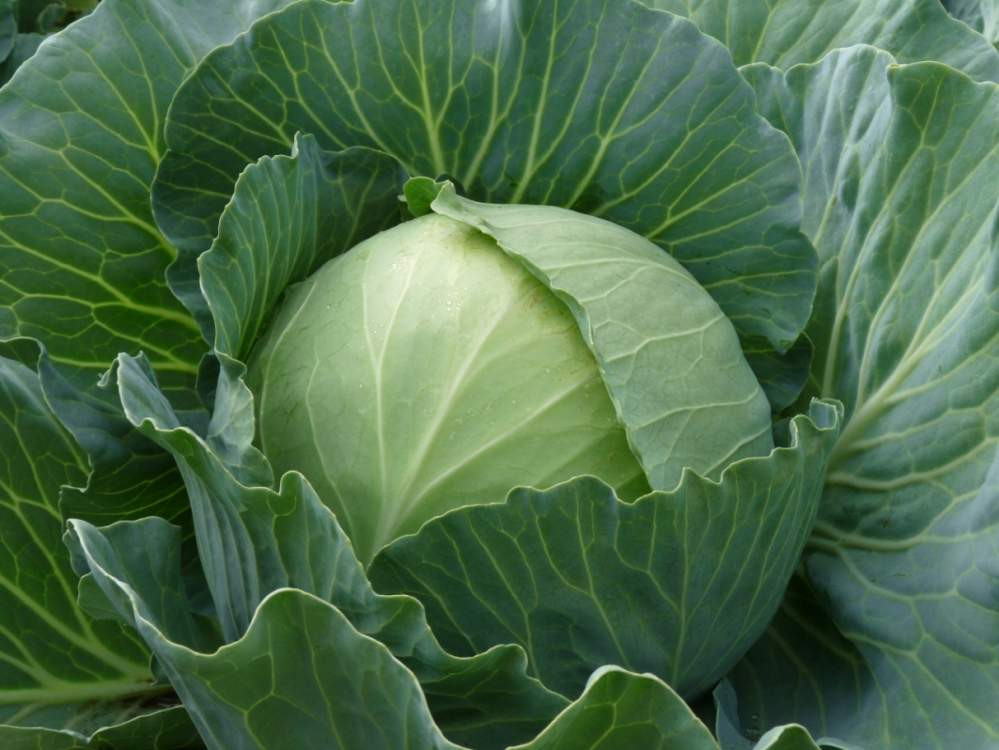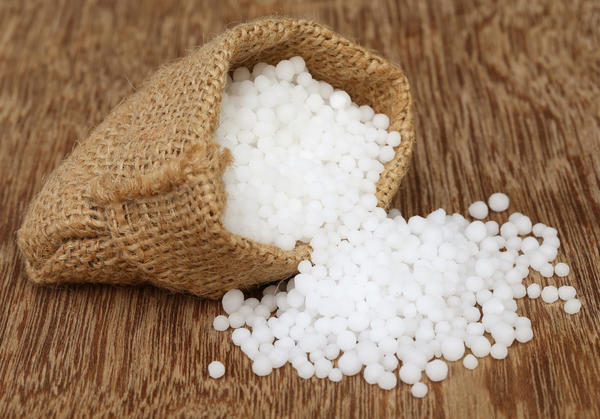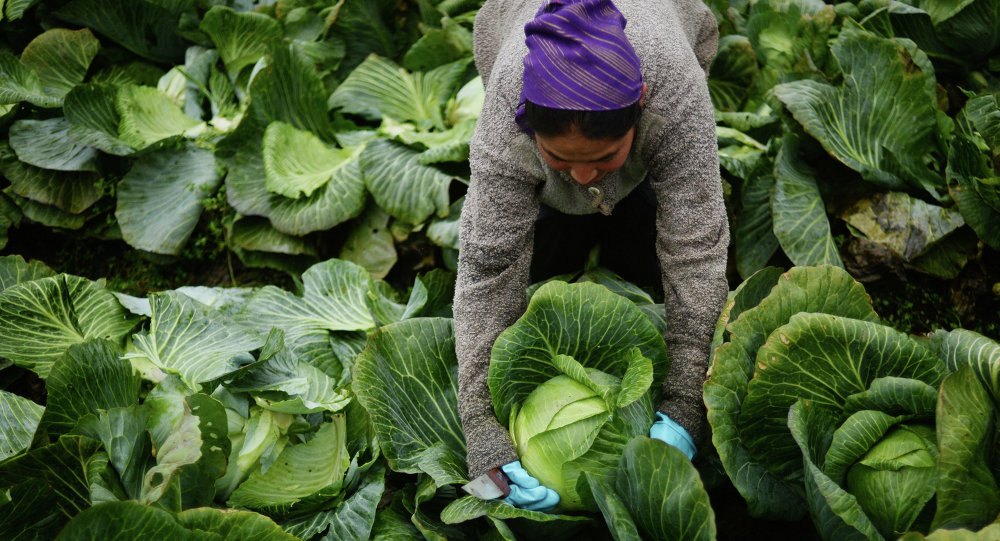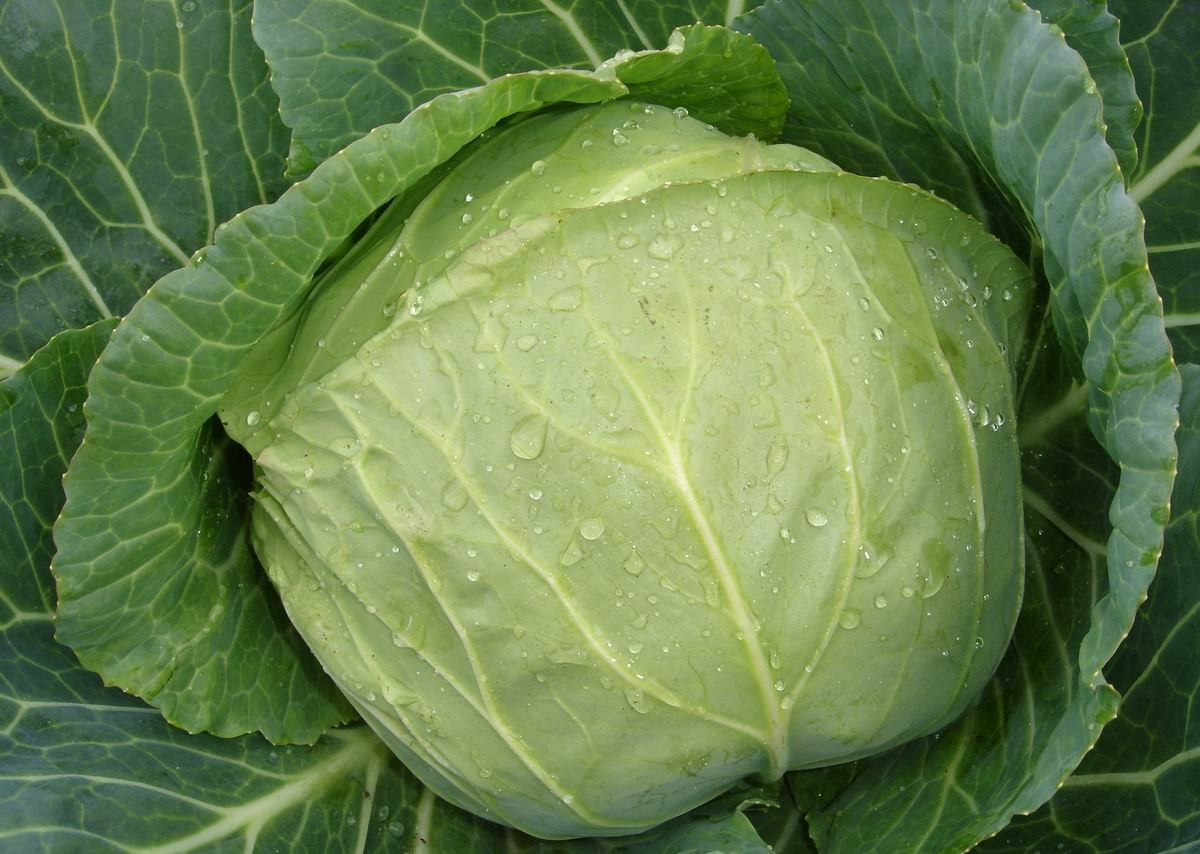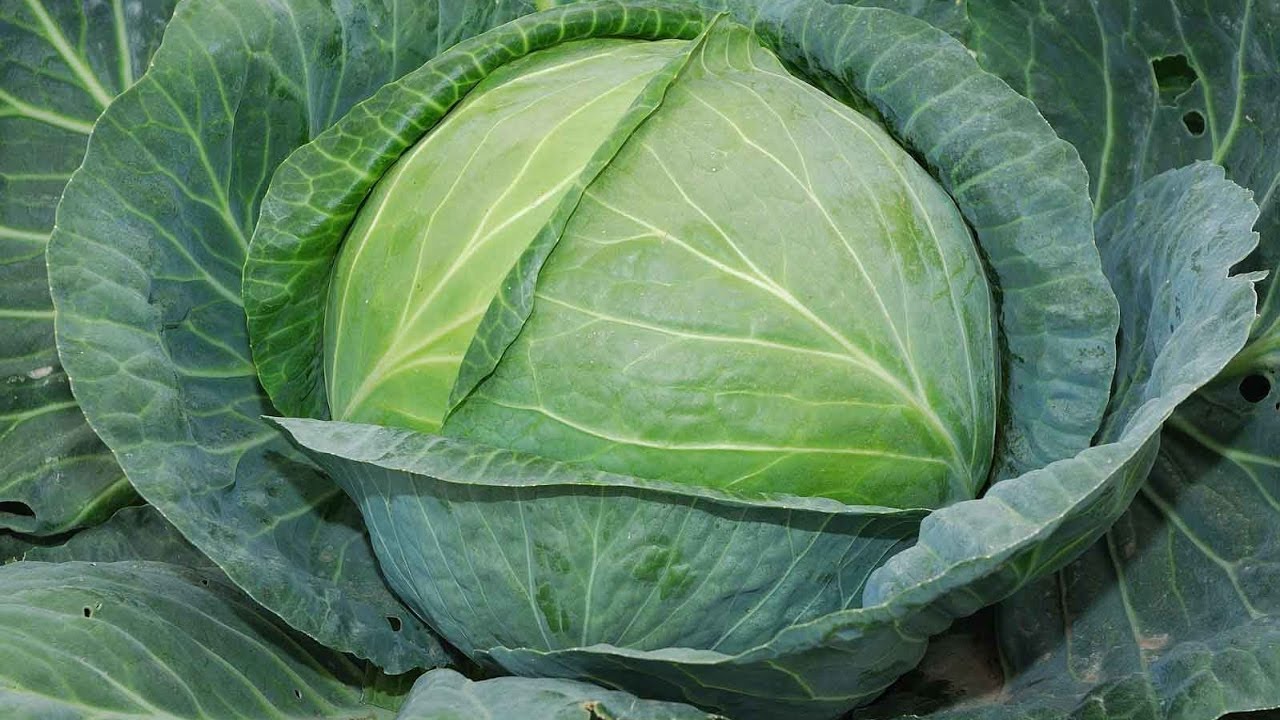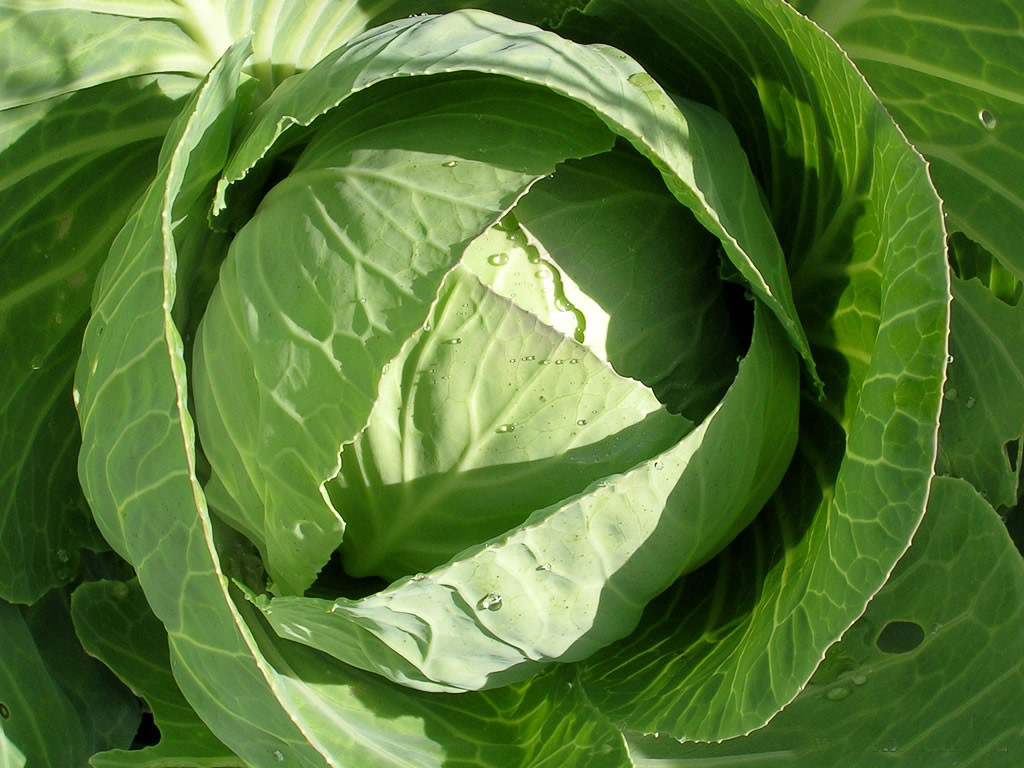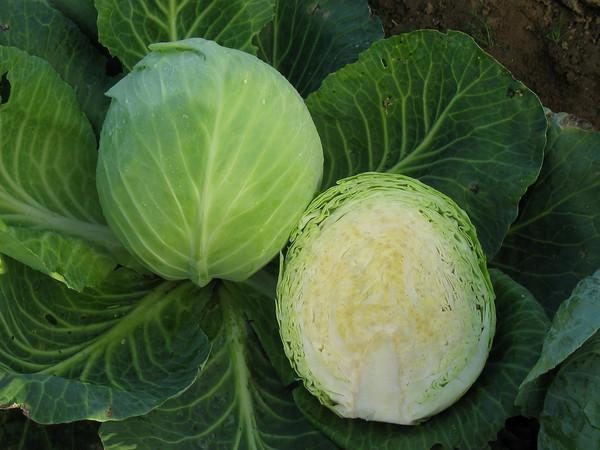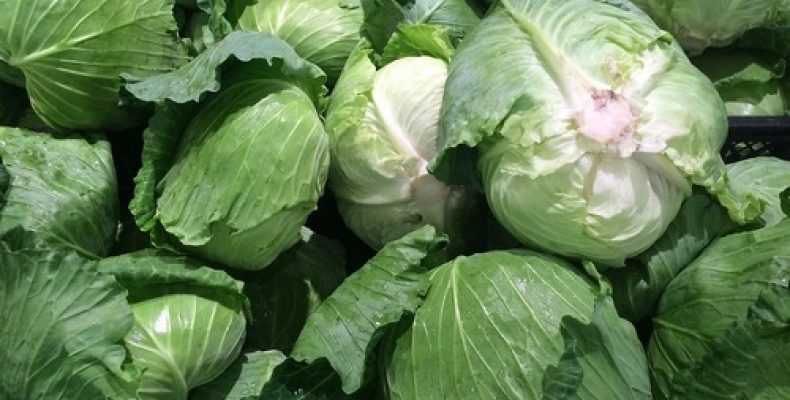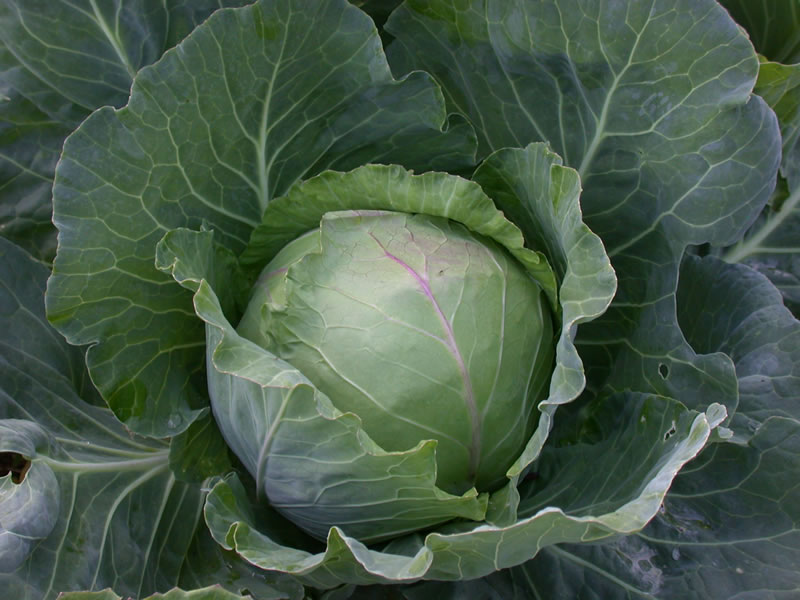Cabbage is rich in vitamins and various trace elements that are beneficial for human health. It improves immunity, takes care of the condition of all organs and the condition of the skin. Cabbage is represented by a wide variety of varieties with different ripening rates. The most popular type of super early ripening varieties is Parel cabbage. The fast variety was developed in Holland. It has been popular on domestic markets for over 20 years. The variety has a high yield, unpretentious care. Taste qualities are noted at the highest level: it has sweetness, juiciness, freshness. Parel is a cabbage, according to the description, which contains 12% protein and fiber, and a high content of vitamin C. To obtain the greatest amount of vitamins, it is recommended to use it fresh. Suitable for preparing various dishes: salads, first or second courses.
Characteristics of Parel cabbage
Porel cabbage ripens in the garden in 50-60 days. The fruit is round, light green in color, weighing up to 1.5 kg. The yield per square meter is high - 6 kg. Has a well-developed root system. The cabbage leaf is even, the rosette is raised. The stalk is small, which reduces the percentage of waste during cooking. After ripening, it can be stored in the beds for up to 2 weeks. Ripening of plantings is always uniform, which is very convenient for the implementation of large volumes. Suitable for growing in greenhouses and outdoors. Cabbage flowering and fruit cracking are unlikely. Resistant to sudden changes in temperature. The variety has proven itself as an early variety because it is not afraid of the cold. Parel is a hybrid from which it will not be possible to collect seeds, so every year you need to buy seed again.
Growing
Parel cabbage can be sown on seedlings and in open ground. To get a good harvest, you need to properly grow strong and healthy seedlings. For seedlings, seeds are sown at the end of March. After 4 weeks, the seedlings are planted in a permanent place.
In open ground, seeds are planted in May. When planting seeds, take into account the scheme for 1 square meter up to 5 seedlings. Sprouted seedlings need additional fertilizing from nitrogen, potash and phosphorus fertilizers.
For seedlings, a type of soil is suitable in which peat, turf soil and sand are present in equal proportions. Any soil that contains a good amount of humus is suitable for planting cabbage. The soil is prepared in the fall: they dig up and add fertilizers, cover with a protective material, for example, a thick film, hay, husk or compost. The protection with the arrival of heat is removed so that the earth warms up faster.
To obtain an early greenhouse harvest, the dates for planting seeds for seedlings are shifted to early March. When 4 true leaves appear, cabbage is planted in greenhouses.
The distance between the bushes is 50 cm, between the rows - 30 cm.
For good development of seedlings, the following conditions are met:
- The seedlings should be well lit.
- The air temperature should be 22 degrees during the daytime, at least 11 degrees at night.
- The room with seedlings must be regularly ventilated, but make sure that the plants are not overcooled.
- Water the plants once a week with a manganese solution.
14 days before planting seedlings, plants are fed with potassium-phosphorus fertilizers. In the same period, the plants must be hardened. For planting in open ground, seedlings are ready, the age of which is 1.5-2 months.Up to 5 plants should be produced per 1 square meter of the bed.
The best precursors for cabbage are carrots, onions, potatoes, peas, and cucumbers. The bad ones are beets, tomatoes, turnips, cabbage.
Seedlings are planted in the morning or evening to the depth of the third cotyledonous leaf. The soil must be well compacted, watered and covered with dry earth. The soil between the ground should be loosened after planting.
The main activities after planting are irrigation, top dressing, loosening of the soil, prevention of pests and diseases.
When the first leaves appear, an audit is carried out: weak plants are removed, replacing new ones in their place. The ground is powdered with wood ash or tobacco dust to protect the plants from slugs and fleas. Watered once every 10 days, after each watering, the soil is loosened. During this period, the plant can be fed with nitrogen fertilizers.
The next feeding is carried out before the formation of the heads. The regularity of watering and loosening remains the same. Pest control should be carried out without the use of chemicals, only using folk methods. It is good to feed the plant with potassium nitrate. Dilute 6 g per 10 liters of water, consumption - 10 liters per 6 plants.
The variety is resistant to diseases and pests. But prevention is still necessary.
When planting, the plant may be threatened by moths, slugs, cruciferous fleas. Wood ash and tobacco dust are suitable for combating them.
You can also use a tincture of tomato tops, garlic, or dandelion. It is recommended to use chemical agents before the beginning of the ovary of the heads.
From diseases, Parel can get black leg, keel or pernosporosis. The black leg is characterized by stem rot, the keel is manifested by growths and swelling on the leaves. Peronosporosis manifests itself as spots and plaque on cabbage leaves. To prevent these ailments, seeds are sterilized at temperatures up to 80 degrees.
When harvesting, it is important not to overexpose the fruit on the root so that it does not crack. Cabbage, ready to be harvested, has a dense head and shine of foliage. When harvesting, the head of cabbage is cut off at the surface of the soil.
The advantages of the variety:
- Resistant to flowering and cracking.
- High productivity.
- Disease immunity.
- The seeds have a high germination capacity.
- Suitable for early harvest.
- The fruits are easily tolerated during transportation and storage.
- It tolerates thickened plantings well.
Among the disadvantages are:
- Small size of heads of cabbage.
- Compared to other varieties, the yield is lower.
- The variety is not suitable for fermentation.
When choosing a cabbage variety, all the advantages and disadvantages are taken into account. Pareo cabbage is good for early harvest, and for winter storage, later ripening varieties should be chosen. The variety does not require complex agrotechnical techniques when growing, therefore, it will delight even a novice gardener with a harvest.
